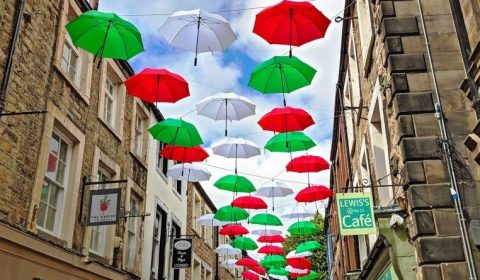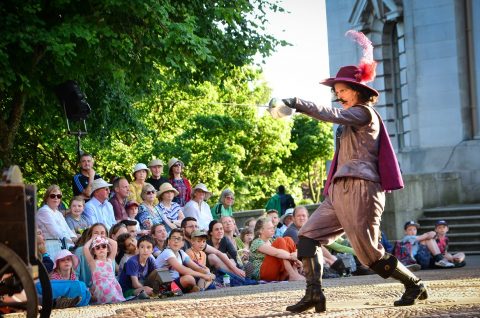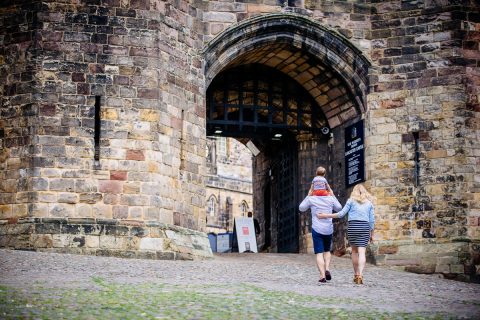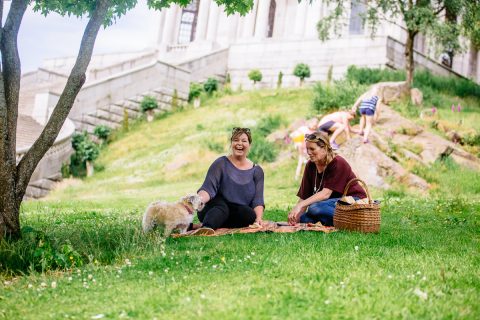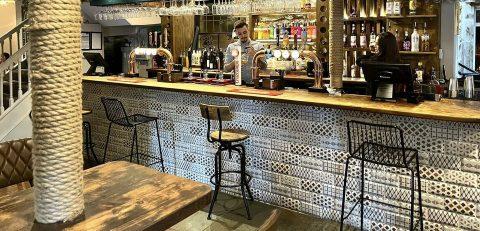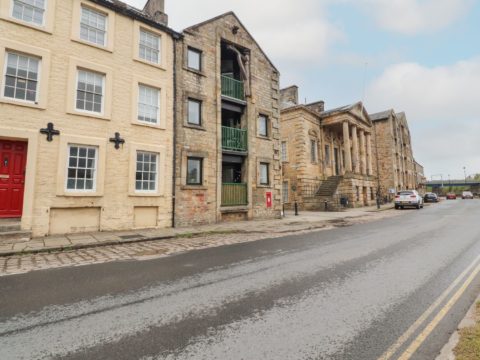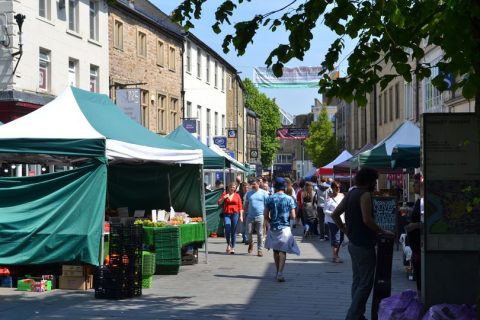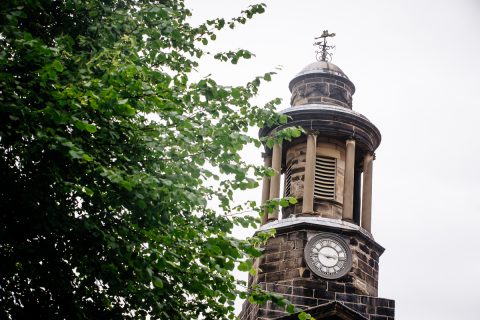Burrow-with-Burrow
As the song might have said, Burrow-with-Burrow, so good they named it twice!
Actually at Domesday in 1086 it was recorded as one place ‘Borch’ and in 1212 as ‘Burg’. Like the Burrow near Bailrigg, this comes from the Old English (Anglo-Saxon) ‘burh’ meaning a ‘fortified place’.
The fortification concerned was the Roman fort based on the Roman road up the Lune Valley from Lancaster via Brookhouse, Caton Green, Claughton, Hornby, Melling and Tunstall.
The Roman fort at Burrow was also just due west of the key Roman road heading north from Manchester to Ribchester and then on to Carlisle via Low Burrow Bridge. The fort was linked with this route by a road along the north side of the Leck Beck.
The original Burrow split to be the two manors of Over and Nether Burrow. Nether Burrow is on the southern side of the Leck Beck along the Roman road. The Roman fort, along with Burrow Hall, is on the north side at Over Burrow.
If the historian John Blair is correct, then either Burrow or Whittington are prime candidates to be the ‘burh’ that Burton-in-Lonsdale served. He notes that old Roman forts are usually ‘caster/chester/cester’ unless they develop this ‘burh’ function and have a dependent ‘burh-tunas’. He defines the ‘burh’ as an ‘important node in the royal infrastructure’. In the Early Medieval period, Burrow would have been very well placed on key road and river routes.
The image shows Nether Burrow looking north heading towards Over Burrow around 1900.

